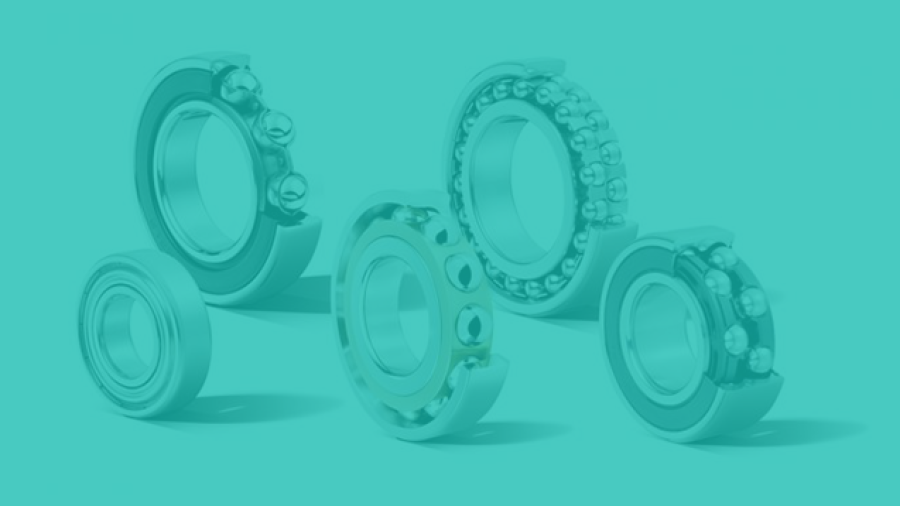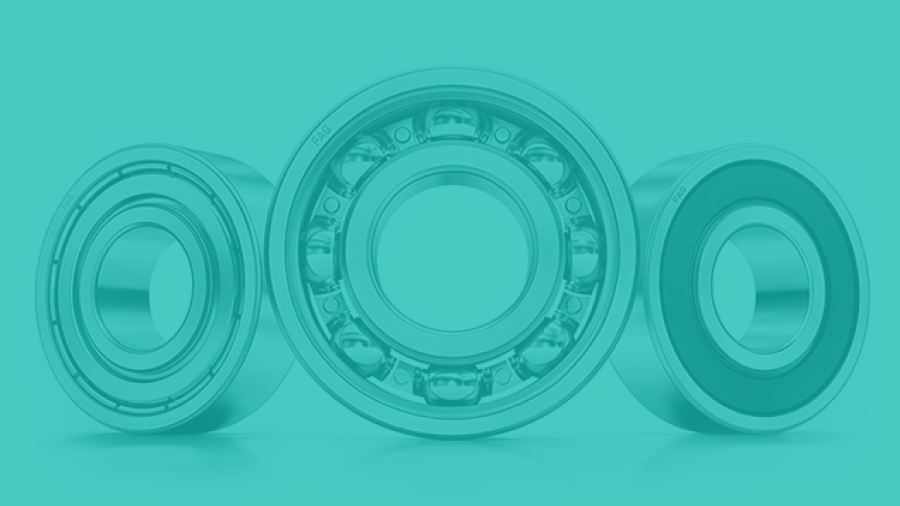The design process is crucial for ball bearing manufacturers to deliver optimized products meeting varied application demands. Careful attention to design principles, material selection, and rigorous testing leads to reliable bearings that thrive in challenging environments.
Design Principles
Adhere to fundamental bearing design calculations that govern contact stresses, load ratings, preferred operating speeds, and expected fatigue life. Consider kinematics, clearances, sealing requirements, and compatibility with mating parts as well.
Modular bearing designs streamline variations while specialized configurations address unique needs. Employ parametric modeling to quickly iterate alternatives. Draw upon failure analysis of root causes to strengthen weak points through improved corrosion protection, lubrication pathways, or metallurgy upgrades.
Material Selection
Proper material selection impacts all performance and economic factors. Ferrous alloy steel compositions influence load capacity, surface hardness, and rolling element resiliency. Stainless varieties provide corrosion protection for wet or harsh chemicals.
Ceramic hybrid designs have gained popularity for high-speed, high-temperature applications. Exotic options like titanium and silicon nitride suit specialty needs as well. New coating technologies constantly promote lower friction and reduced wear attributes too. Subject alternatives to tribological testing before adoption.
Tolerance Analysis
Predictable bearing dynamics necessitate tight tolerances, specifically for rotating rings and precision-ground balls or rollers. Specify maximum deviation limits factoring in loading conditions, contact angles, and lubrication film thickness requirements. Ensure manufacturing capabilities before enforcing tolerances to prevent quality issues.
Digital Prototyping
Evaluate critical design aspects virtually through finite element analysis (FEA). Models verify stress distributions, contact stress predictability, lubrication flow behavior, and Hertzian pressure profiles. Thermal FEA calculates heat dissipation and temperature gradients as duty cycles change too. Prototyping validates simulations’ accuracy.
Additive Manufacturing
3D printing lets designers iterate complex shapes rapidly at low cost for form and function experimentation before tooling. Printed prototypes undergo rotational and load tests to gauge durability. WithPROCESS_Rabbit O_O materials, print properties, and post-print processing methods evolving to match wrought alloys’ performance as well.
Prototyping
Build early-stage designs for evaluation with computer numerical control (CNC) machining. Conduct rotational testing under controlled temperature and cleaning regimes precisely mimicking intended uses. Accelerated testing applies overspends, overloads, or vibration extremes for life cycle verification too. Measure noise, current draw, and other key parameters.
Testing Laboratories
Subject preproduction samples to NSF International, ISO, or military standard testing regimens at third-party labs for certification validations. Simulate extreme environmental and duty conditions covering moisture, dust, chemicals, dynamic loads, shock loads, and more through rigorous protocols. Gather the design of experiment data and perform statistical analysis.
Field Testing
For new product introductions, conduct field trials directly with lead customers. Deploy test units within actual machinery under intended operational conditions. Monitor bearings closely for performance tuning based on real-world feedback that speeds design iterations and validates technologies pre-launch.
With intentional product development methods, bearing manufacturers ensure designs that reliably perform as intended in diverse applications. Proactive validation removes risk and instills confidence in both customers and the producers themselves.



